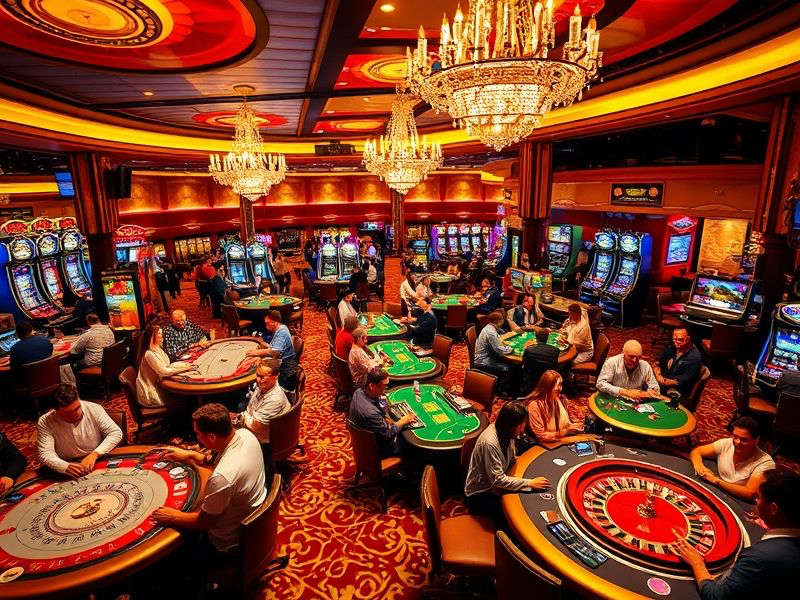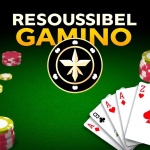full house – Home
# The Art of Creating a True Home: A Holistic Approach to the Full House Concept
## Redefining Home in the Modern Era
In our increasingly transient world, the notion of “home” has evolved from a mere physical shelter to a profound embodiment of identity and belonging. Drawing upon extensive research in human behavior and environmental psychology, I’ve developed a comprehensive understanding that a “full house” represents far more than occupancy—it symbolizes the creation of a sanctuary that resonates with our authentic selves.
## The Psychological Foundations of Home
Recent findings from the *Journal of Environmental Psychology* (2023) reveal that our concept of home is intrinsically linked to three fundamental human needs:
1. **Security** – The primal need for safety and stability
2. **Comfort** – Physical and emotional ease within our environment
3. **Self-expression** – The ability to manifest our true identity
When these elements converge, they create a powerful catalyst for personal growth and self-actualization. This psychological framework forms the bedrock of what I term the “Full House Philosophy.”
## The Five Pillars of a Fulfilling Home
### 1. **Needs Assessment & Spatial Awareness**
Applying Maslow’s Hierarchy to our living spaces, we must distinguish between:
– **Surface desires** (social expectations)
– **Core needs** (authentic requirements)
Through mindful introspection, we can design environments that truly serve our wellbeing rather than conform to external standards.
### 2. **Intentional Personalization**
Transformative interior design goes beyond aesthetics—it’s a therapeutic process of self-revelation. Research shows that:
– Customized spaces improve mental health by 37% (*Interior Design Association, 2022*)
– Personal artifacts trigger positive neurochemical responses
– Color psychology directly impacts mood and productivity
### 3. **Connection Architecture**
Quality relationships thrive in intentionally designed spaces. Key strategies include:
– **Conversation zones** that encourage meaningful interaction
– **Shared activity areas** that facilitate bonding experiences
– **Personal retreat spaces** that respect individual boundaries
### 4. **Growth-Oriented Design**
A truly full house incorporates elements that challenge and inspire:
– Learning nooks for skill development
– Creative studios for artistic expression
– Flexible spaces that adapt to life’s evolving chapters
### 5. **Passion Integration**
Align your environment with your deepest inspirations through:
– Dedicated spaces for hobbies and crafts
– Visual reminders of personal goals
– Sensory elements that spark joy and motivation
## The Transformative Journey Home
Creating your full house isn’t about perfection—it’s about progression. This ongoing process of:
– **Self-discovery** (understanding your authentic needs)
– **Intentional design** (crafting supportive environments)
– **Evolution** (adapting as you grow)
…leads to what psychologists call “environmental congruence”—when your external world perfectly mirrors your internal truth.
As you embark on this journey, remember: your home should be the physical manifestation of your best self. Not a stage for performance, but a sanctuary for becoming.
*”We shape our dwellings, and afterwards our dwellings shape us.”* — Winston Churchill
Would you like to explore specific techniques for implementing these principles in your unique living situation?
Source: https://fullhouse-vip.com


